What better way to work out than with your best furry friend by your side? Owners taking their pooch along for a jog is quickly becoming more popular, as plenty of casual joggers and marathon runners alike have picked up a dog harness after lacing up their running shoes. And we can see why! It’s a great way to make exercise time extra fun thanks to the chance of spending quality time with our dogs. Our precious pups often make the best running partners, too – dogs are known best for their high energy levels; ready and always eager for a romp.
But running isn’t an activity that all dogs are suited for at all times. Running will hurt rather than help the health of some dog breeds, and of course, each and every dog can only do so much or so little physical exercise before they reach over-exertion. There are more than a few factors to take into account before running with your dog, but fear not! Together with our friends at Dog Jog, we’ve put together a comprehensive guide to taking your dog out for that extra bit of exercise. Read on for some handy tips, tricks, and important things to take note of when running with your dog, from the starting line all the way to recovery.
Should I take my dog running?
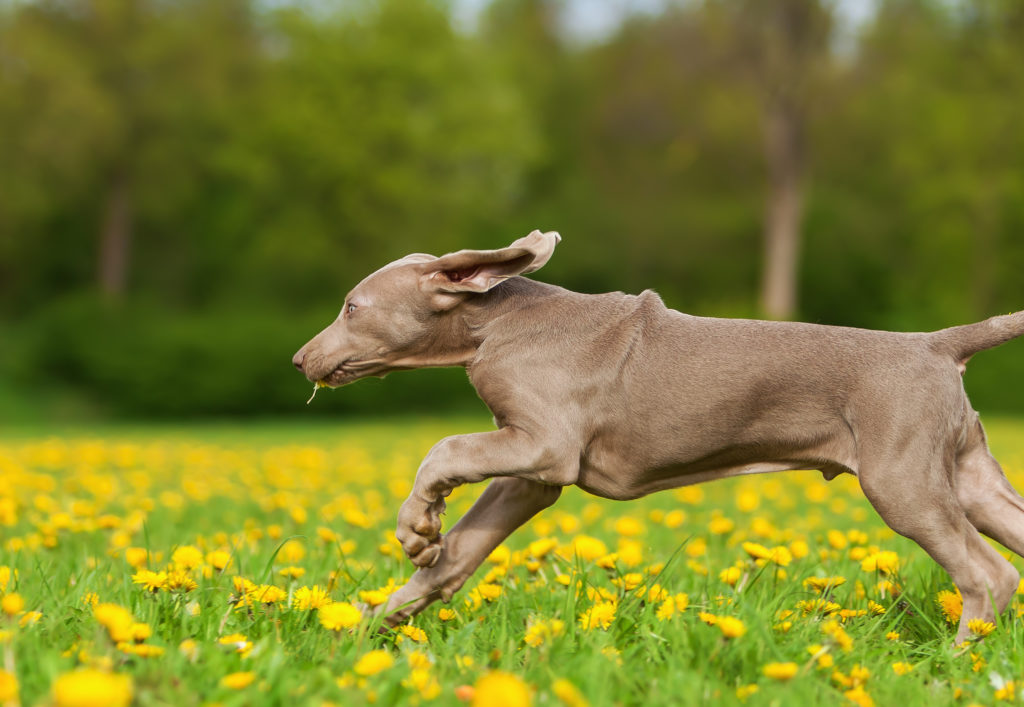
In general, running is a great activity for your dog. It’s an easy, and fun, way for both you and your dog to stay healthy, and to ensure your dog doesn’t become overweight. According to vets, pet obesity is an ongoing problem, with the British Veterinary Association announcing in 2016 that 60% of vets consider obesity the biggest and most worrying issue in pet welfare. More recently, the PSDA announced around 17% of UK dogs (which works out at around 1.6 million pooches) aren’t walked daily. So, a spot of extra exercise for certainly can’t hurt! However, there are several factors to consider when thinking about whether running is suitable for your dog:
- Breed: Some highly active, energetic dog breeds like Vizslas, Weimaraners, and Gun Dogs in general, were born to run! However, there are other dog breeds who should avoid vigorous or lengthy runs, especially they’re are prone to health issues which could be made worse by running. For example, Dachshunds, whose spinal health would be compromised by vigorous exercise; or dogs like Pugs and French Bulldogs who can easily become short of breath due to their shorter snouts. The best thing to do if you’re unsure about your dog’s long-term health is to consult your vet on whether running is the best form of exercise for your dog.
- Age: Running can be bad for dogs too young or too old. If your dog is a puppy under eighteen months old, their bones will still be developing. Running before this age could harm their growing bones, leading to long-term health problems. But it’s not just young pups who need gentler exercise; older dogs could suffer severe joint damage if you take them running. Our friends over at Dog Jog suggest that the majority of dogs over at least 12 months old can begin running – consult your vet if you’re unsure about taking smaller or less active dog breeds for a run.
- Obedience training: If your dog hasn’t been fully trained to behave on a lead, it isn’t a great idea to take them running. Dogs who attempt to pull ahead and drag you along, or who want to stop and investigate every tree or stray item on your route, would only hinder the run and make the workout less enjoyable for both of you. Training is also important to keep your dog safe whilst out for a job. A dog that won’t sit and stay during necessary stops on your run (such as traffic crossings) is a dog that needs to sick to their regular walking routine until they’ve reached a good level in of obedience to commands.
How should I prepare to run with my dog?
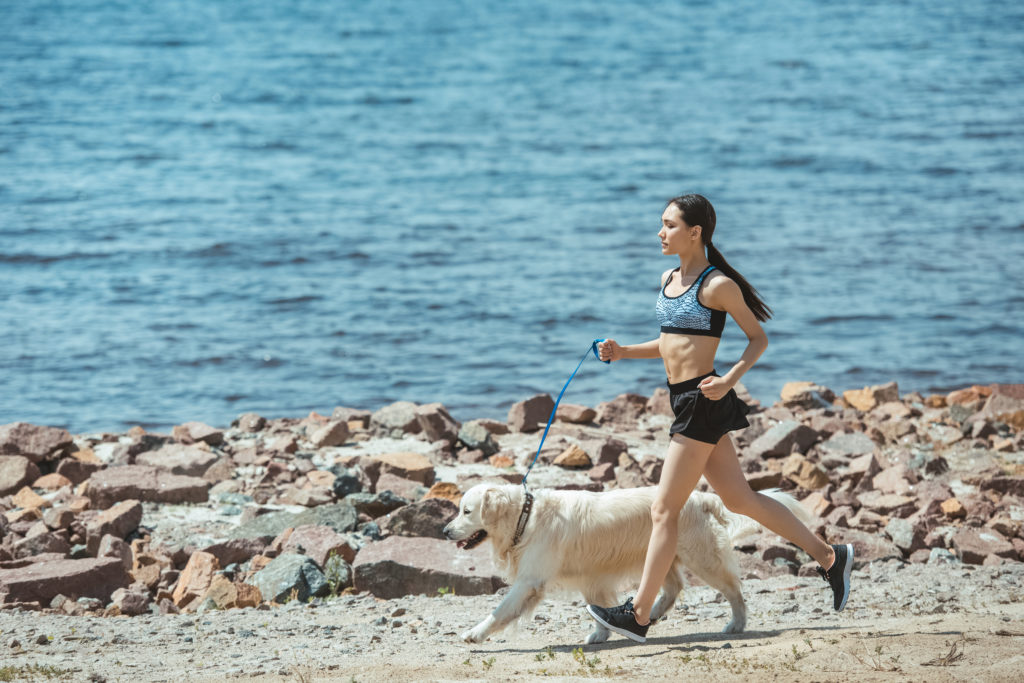
How many miles can I run with my dog?
You wouldn’t appreciate being told out of the blue to get up off your nice, relaxing sofa and run 10 kilometres, would you? Well, neither would your dog! If your pooch is new to running, approach their training regime as you would for yourself in your first running days. It’s best to kick off a regular regime, rather than attempting to run long distances straight away, particularly so that you and your dog get used to being running partners.
Starting off gently is the key. Daily walks can be lengthened incrementally – adding ten minutes a week is a good starting point. Try adding a short, two minute jog during one of your regular walks. Then, once you and your dog are more comfortable jogging or running at faster paces with each other, you can then begin picking up the pace at intervals. For example, alternating between ten-minute sessions of walking and jogging.
From there, building up towards longer runs – perhaps even a 5K or 10K – will take time and determination, but Rome wasn’t built in a day! Your dog will have to learn how to run with you, and this doesn’t happen overnight. Often, dogs are naturally faster than humans, and both you and your pooch will have some adjusting to do – you’ll have to get used to controlling your dog’s speed on a run, while your dog will have to familiarise themselves with your running pace.
If you’re still not sure how best to plan your training regime, especially if your dog has little to no experience of running with you, our pals at Dog Jog suggest using fitness apps like ‘Couch To 5K’ to make sure your dog’s training regime (and yours!) progresses at a safe and healthy pace.
What equipment will I need for running with my dog?
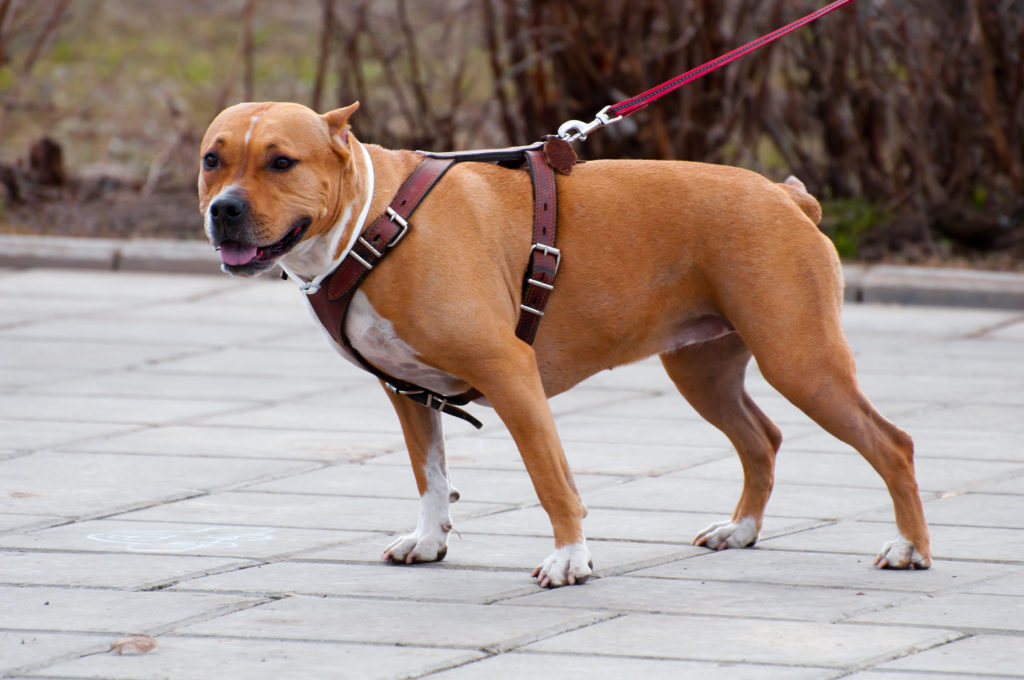
- Lots of water: This is, without a doubt, the most important thing you need! To prevent your dog from overheating on a run, letting them drink plenty of cool water is a must. Dogs cool down by panting, and giving them extra water allows them to do this effectively. Regularly stopping for your dog to have water breaks during a run is crucial – just be careful not to let them gulp that water down too quickly, as they could develop bloat from it. If your dog still seems too hot after drinking some water, splash some of the water over their head and body, and let them rest in the shade for a while. Nobody likes feeling overcooked!
- A harness: Keeping your furry friend safe while out running is a top priority, of course, and an appropriate harness will get the job done (collars aren’t the best for your dog’s breathing when they’re moving more vigorously!). Check that the harness you’ve selected doesn’t restrict your dog’s breathing, and won’t chafe against their skin during exercise. Harnesses aren’t one-size-fits-all and may need some adjustment, so be sure to try your harness out at home, in the garden, or on your everyday walk before hitting the trails.
- A suitable lead: During a run you want your pooch to stay by your side, so shortening your leash length is highly advisable, especially if your dog is used to pulling ahead of you on their lead. Anywhere between 2 to 6 feet is great – depending on the size and strength of your dog, of course!
- Tick protection: If your favourite workout haunts are wooded areas or through tall grass, make sure to bring along some bug spray, or at least check that your dog is up to date on their tick medication. Don’t forget to check their fur after the run, too, just in case any nasty bugs have still managed to hitch a ride home on them!
- Poo bags: These are particularly important if your dog hasn’t managed to go before your run, or if your dog hasn’t been trained to go on command. Remember to be conscientious of public spaces and the environment – clean up after your pup!
What are the best places to go running with my dog?
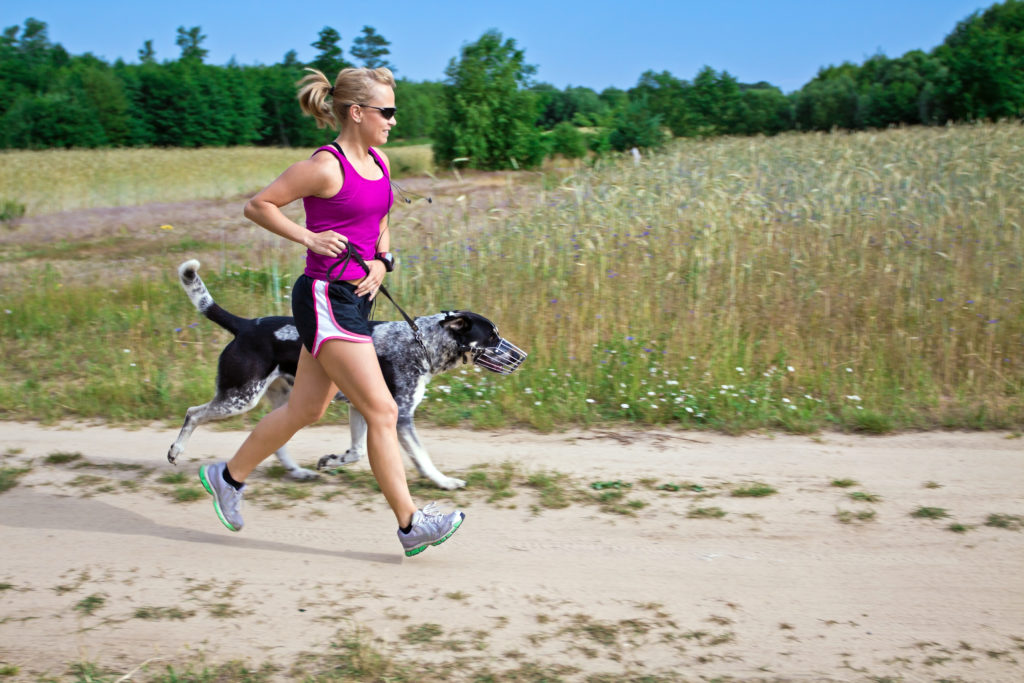
Taking your pooch off the beaten path is the way to go! Running on dirt trails or grass will be easier on your dog’s joints (and yours!), whereas running on tarmac can seriously hurt your pup’s paws, and will be particularly painful for dogs on hotter days. If you’re running in a park, this will also be more stimulating for your dog, who’s always down to experience the sights and smells that nature has to offer. However, if your dog is running off-lead, do check that the park doesn’t include wildlife that your dog might be tempted to chase – in particular, avoid parks with lots of deer or foxes about.
At what time of day should I run with my dog?
Luckily for us, traditional British weather – namely, partly cloudy, temperate days – is ideal for jogs with our furry friends. However, when the weather gets hotter than usual (especially during summer heat waves), make sure you run in the early morning or late evening when it’s cooler, or skip your dog’s exercise completely if a heat wave is sweeping the summer. As said earlier, keep away from tarmac on days that are hotter than usual.
How do I care for my dog during (and after) the run?
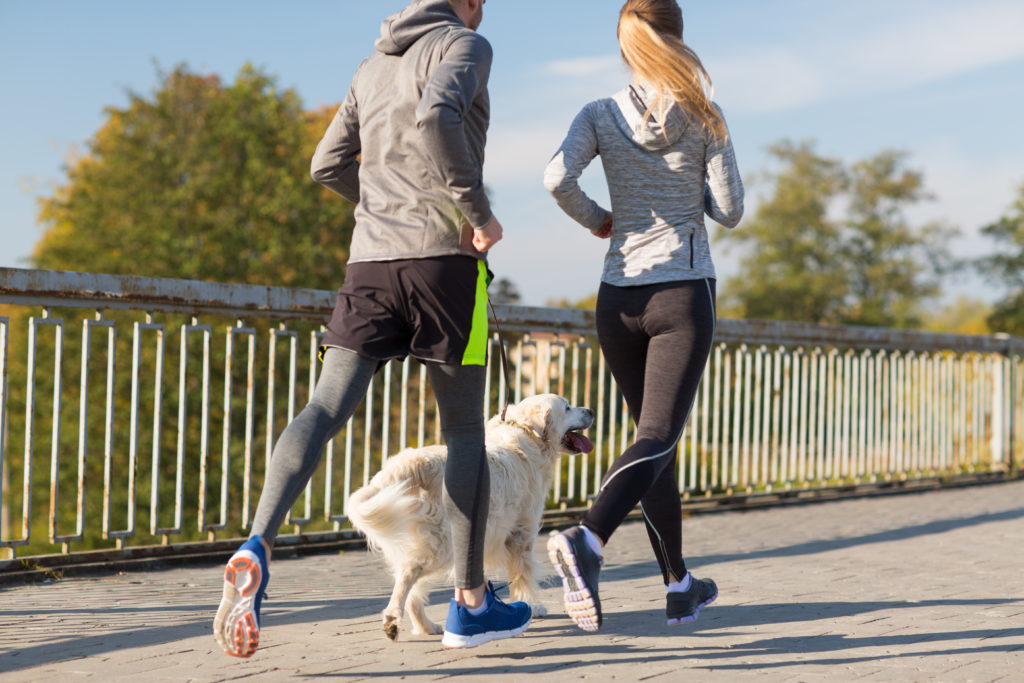
Should I warm up before running with my dog?
Of course! Just like you would on a run by yourself, a quick warm up before hitting the trails is a must. Ten minutes or so of brisk walking or jogging is an ideal buildup to the run itself, and this helps prevent muscle injuries for both you and your pooch. If your dog can go to the toilet on command, it also helps to condition them to go to the toilet before embarking on a run. Dogs love routine – warm-ups are no exception!
How do I monitor my dog’s condition during a run?
We all have days when we’re more tired than usual, and this is true for dogs, too. If your dog is exhibiting any of these behaviours during your workout, stop running immediately:
- Refusing to run
- Strong, fast panting, or an inability to catch their breath
- Dark red tongue
- Pale gums (which can be indicative of short-term ill health as well as long-term conditions like anaemia!)
- Vomiting or diarrhea
As the phrase goes, let sleeping dogs lie – and let tired dogs rest!
How long should I wait to feed my dog after exercise?
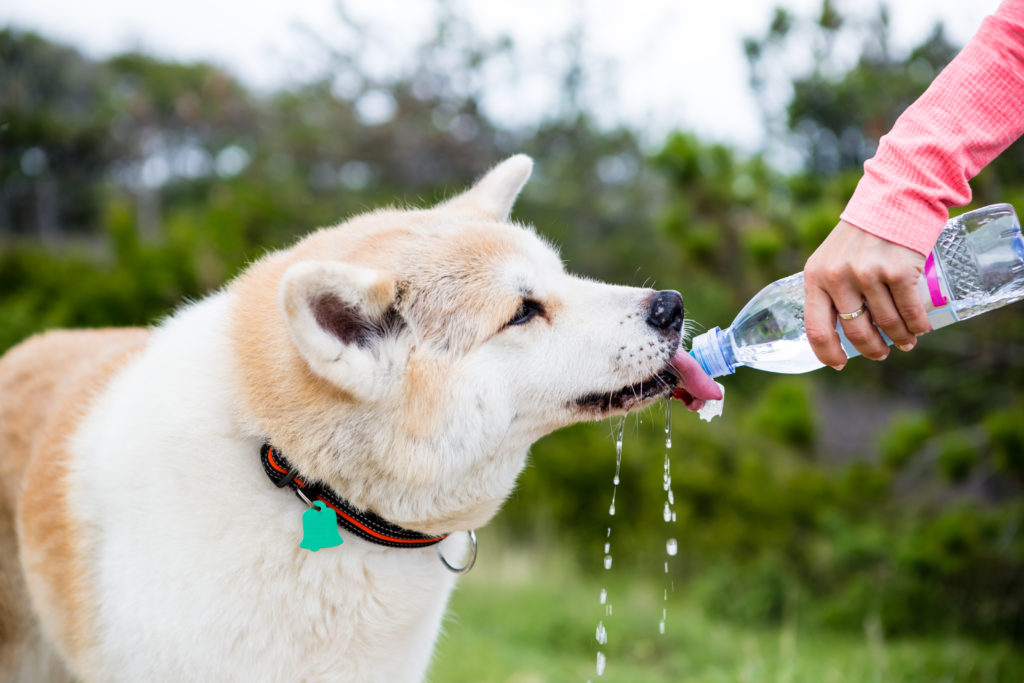
There’s no solid time interval to wait before rewarding your pooch with some treats after a run. A general rule-of-thumb is to wait until your dog is no longer panting with exertion – if they’re getting impatient, shower them with pets and praise instead!
Planning your meals carefully around your workout helps to ensure a balance between meals and runs that doesn’t leave you or your dog feeling ill. Make sure that you leave just enough time between eating and exercising so you and your dog aren’t running on a full stomach, but you don’t have to make a mid-workout pit stop for some snacks either.
What should I do after running with my dog?
Do monitor your dog’s condition after the run thoroughly. Check their fur for any stray ticks, and make sure that their paws aren’t raw, scratched, or wounded – to help avoid any injuries, no matter how small, to get aggravated on your next run. Also, if your dog appears to have sore muscles after a run – signs include having difficulty getting up and moving jerkily – let your furry friend take a break from your next couple of runs. A happy dog is a dog that doesn’t associate walks and runs with pain.
Running with your dog isn’t, and shouldn’t be, too daunting a challenge for you and your pooch to undertake! With these handy pointers, you and your dog could certainly be on the way to running regularly and taking on more challenging distances in no time – and when you do, why not take part in your local Dog Jog, an annual 5K for dogs and their owners taking place in 20 different areas around the UK! For more information on this community-driven fitness event for you and your pooch, visit the official Dog Jog site here.